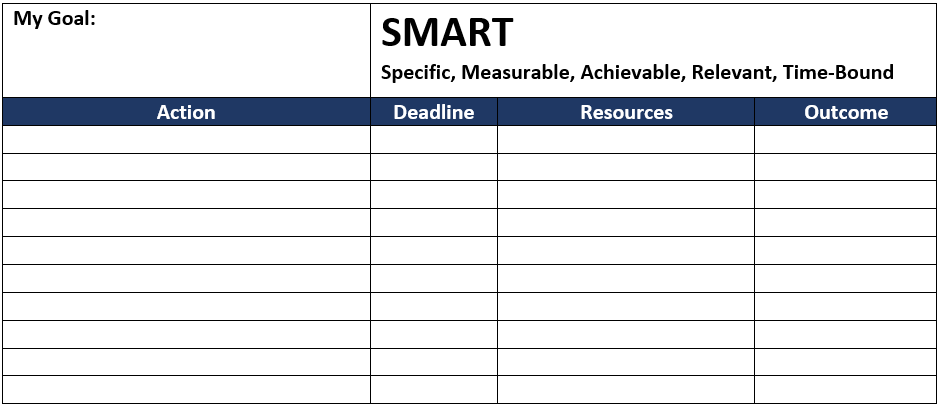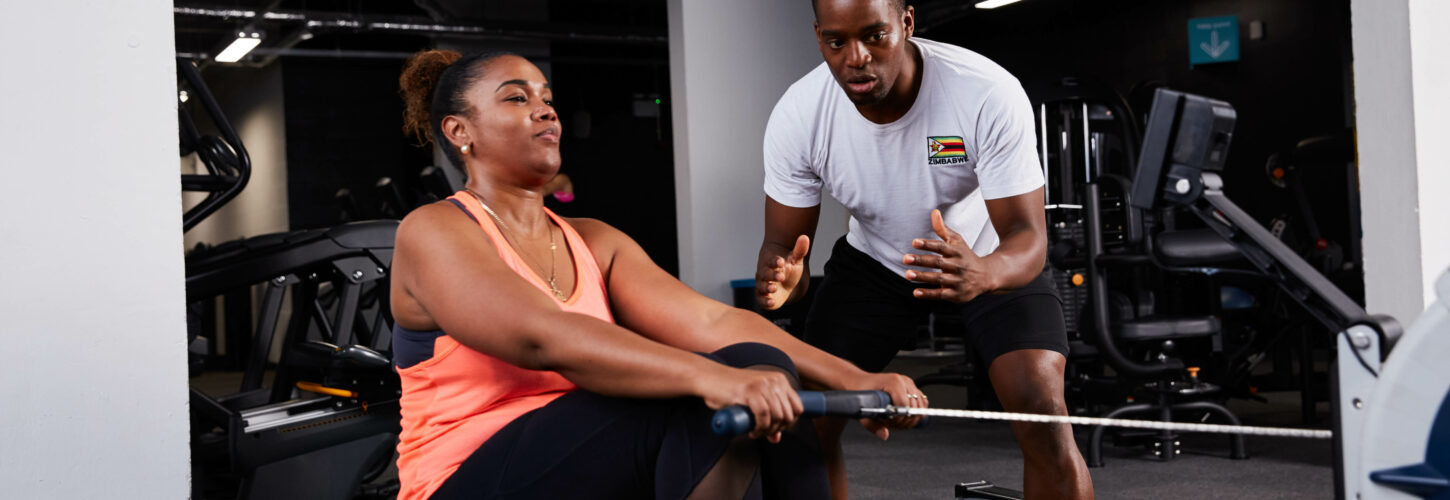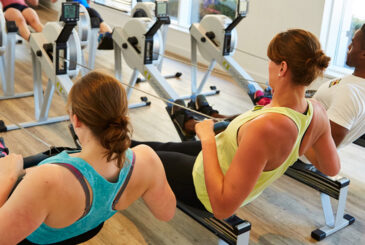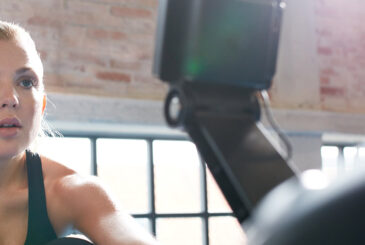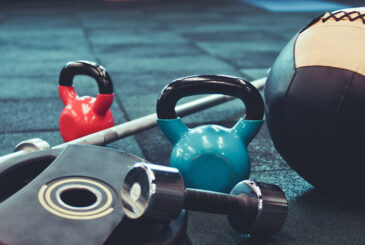Where to begin?
Establishing a baseline is a sensible place to start when goal setting. Find out where you are in terms of current fitness before kicking-off the planning process. Some basic testing using performance data such as time/distance coupled with body composition (e.g. weight or %fat mass) and heart rate figures can provide you with enough information to appreciate where you are starting from.
SMART Goals and your Personal Best
Aiming high has been shown to be a key factor in achieving long term goals. According to Goal-Setting Theory formed in Edwin Locke and Gary Latham’s pioneering research: specific, high (hard) goals lead to a higher level of task performance than do easy goals or vague, abstract goals such as the exhortation to ‘‘do one’s best”. (Locke & Latham, 2006)
Setting out to achieve a new PB is the very definition of a hard goal and fits in with the SMART acronym perfectly:
Specific – this is often harder than you would think in many cases. However, with indoor rowing we have events and competition to help shape a clear goal – beating last years’ time or smashing that previous best result.
Measurable – arbitrary goals such as feeling or looking better are more subjective than a PB. Thankfully, the various metrics available in indoor rowing (time, splits, distances, energy expenditure etc.) allow us to have quantifiable targets.
Achievable – being ambitious but realistic is the trick. Identifying any barriers such as limited time and the resources available should be factored in. A PB is the high bar but other successes can be found along the way. Races and club challenges can be won without being the greatest rower on earth. Likewise, losing 10lbs or improving your cardiovascular health are well within reach in the absence of setting records.
Relevant – is the target important to you? Does it matter? If not, then you are far less likely to succeed. Any fitness goal requires dedication but unlike winning the lottery or becoming President you are in control of the outcome.
Time-Bound – short term gains and the long-term goal must have dates attached. A work deadline is usually a good focuser of the mind and fitness deadlines are no different.
Events
All the above is clearer when we have a scheduled challenge ahead of us. Having an event such as the British Rowing Indoor Championships to aim for makes shaping these SMART goals much easier. Planning for such an event is not only about putting in the training hours on the erg – absorbing as much as you can from resources such as sample training plans and technical points from trusted sources should also be a part of the on-going process.
Write It Down
Having the SMART mnemonic and your goal written out in big, bold letters will help to break things down into digestible chunks: Action – Deadline – Resources – Outcome. An example action could be to analyse technique and identify areas to improve. The resources needed may just be the Erg and an app such as Coaches Eye. Formulate simple steps and if you are anything like me then you’ll have spent a lot of time going to and from the fridge recently – so where better to stick up a template to track your goal setting?
Sample Goal Setting Plan
